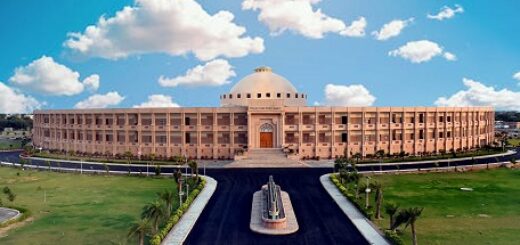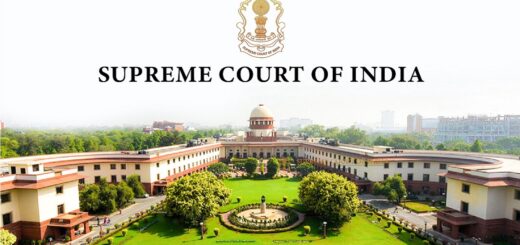SC Rejects PIL Request for ‘Yoga Mitra’ Role in Schools for Overall Child Growth.

The Supreme Court has rejected a Public Interest Litigation (PIL) filed under Article 32 of the Constitution. The PIL requested that all states in India appoint “Yoga Mitra” instructors in schools. The Bench, which included Chief Justice DY Chandrachud, Justice JB Pardiwala, and Justice Manoj Misra, stated that the matter raised by the petitioner about the effectiveness of appointing Yoga Mitra in schools falls under the “purely policy domain” as per Section 29 of the RTE Act. The Chief Justice noted that while the issue is important, it is the responsibility of the executive to address it. He remarked, “This is a pure policy, Ashwini ji. You want all States/UTs to appoint Yoga Mitra in schools.”
The Chief Justice of India stated that directing the government on this issue is not possible, as it falls under policy decisions. He acknowledged that yoga plays a significant role in overall development and that all yoga poses offer some benefits. However, he emphasized that it is not the court’s role to instruct the government to appoint a “Yoga Mitra.” The court advised the petitioner to seek appropriate legal remedies, after which Upadhyay withdrew his public interest litigation (PIL). Upadhyay’s petition argued that incorporating yoga into education supports children’s right to health under Article 21 and complements their right to education under Article 21A, highlighting the connection between these rights.
The petition claims that the state has a duty not only to provide basic education but also to promote health and well-being for children. It states that the right to health involves both prevention and protection, which are essential for children to live with dignity. Therefore, the state is constitutionally obligated to appoint “Yoga Mitra” in schools and create conditions that support good health. The petition references Articles 21, 39, and 47, which require the state to take steps to enhance citizens’ health, especially for children, and to provide necessary guidance and training. It also argues that the idea of a “Yoga Mitra” aligns with the Right to Education Act’s goal of ensuring quality and equitable education, noting that yoga is recognized as a secular practice important for students’ overall development.
Yoga is described as a “scientific universal method” that helps young learners develop discipline, resilience, and self-awareness, according to the petitioner. They pointed out a 2010 government notice that listed “Health & Yoga” as a key subject in the National Curriculum Framework (NCF), arguing that yoga should be treated equally with other academic subjects and taught in schools. The petition states, “Yoga is a scientific universal method, a tradition and culture of self-discipline, self-realization, and self-revelation. It’s not just a ritual or a specific set of beliefs; it is a medical and life science. In addition to being a great medical system, yoga promotes a lifestyle for holistic development.”
The petitioner also mentioned Prime Minister Narendra Modi’s speech at the United Nations General Assembly in 2014, where he called yoga “an invaluable gift of India’s ancient tradition” that promotes “unity of mind and body.” The petition urges the Supreme Court to hold the government responsible for advancing this tradition, ensuring that children gain from yoga as part of a well-rounded education. It requests that the Centre and State Governments appoint a ‘Yoga Mitra’ in every school to support the overall development of children up to 14 years old, enhancing their knowledge, potential, and talents, as well as their physical and mental abilities, in line with Articles 21-21A and Section 29 of the RTE Act 2009.
Cause Title: Ashwini Kumar Upadhyay v. Union of India & Ors. [Diary No. 49522-2024]









